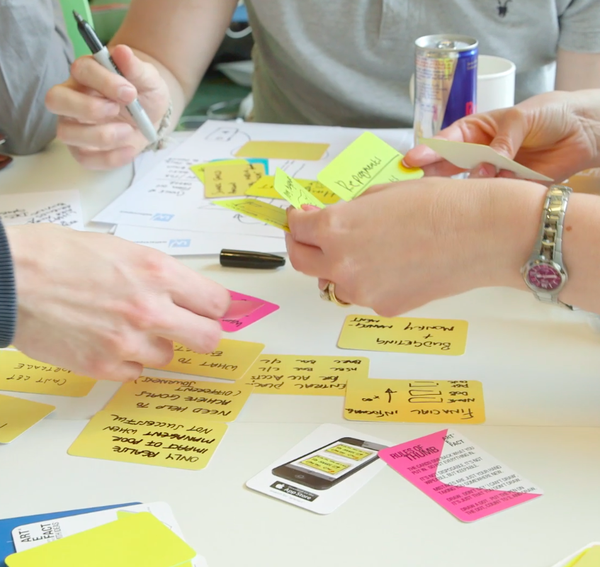Visual, Auditory, Kinaesthetic or Tactile?
These fancy words are all types of learning styles, but what do they mean?!
More importantly, how can recognising your learning style help you revise for your exams? Well, blogger Josh has it covered..
Visual Learning:
As the name suggests, visual learners tend to feel they learn better through visual content; images, photographs or films.
Auditory Learning:
Auditory learners find it easier to digest information when listening, either to a lecturer or a recording.
Kinaesthetic or Tactile Learning:
Kinaesthetic or Tactile learners pick things up quicker when there is physical movement involved.
The best example I can come up with to compare all three styles is if you were to build a Lego set. A visual learner would probably study the box or instructions in depth before proceeding to assemble the lego. An auditory learner would likely respond best to verbal instructions on how to put the blocks together. A kinaesthetic or tactile learner would find the task easier if they were able to handle the Lego bricks and experiment with how each of them fit together.
How can I use this in my studies?
There are lots of different ways you can revise, study, or research for an essay, and different methods suit different people. Once you know which method of learning you prefer, you can change your study habits accordingly. The learning styles listed above are by no means exclusive of each other, but most people will prefer one or two. If you’re not sure which learning styles are more preferable to you, you can try taking this quiz to find out, then simply look up your results below to see how they relate to studying techniques:
Visual:
Visual learners might want to try using visual aids to jog their memory, by associating a doodle with a particular theory, fact or term. When you make flash cards or revision notes, instead of writing the correct word, draw it’s corresponding image.
You also might want to take a look at the Artefact Cards suggested in the Kinaesthetic/Tactile sections below!
Auditory:
You can try starting to record all your lectures and seminars on a dictaphone or with your mobile – this is something I do, as I find it very difficult to take notes and listen at the same time. I play them back at my own leisure, either whilst looking at the lecturers powerpoint, or when making my own notes.
Kinaesthetic or Tactile:
I know what you’re thinking, how can you make essay writing or revision easier for someone who learns by doing, touching and making? Introducing my new favourite thing: Artefact Cards.
Yes there’s still writing involved, but Artefact cards are tangible objects you can move, perfect for tactile learners! If they look a little expensive, you could try the same thing with coloured paper. However, I purchased the real thing about 4 months ago, somewhat sceptically I admit, and I’ve not looked back since!








